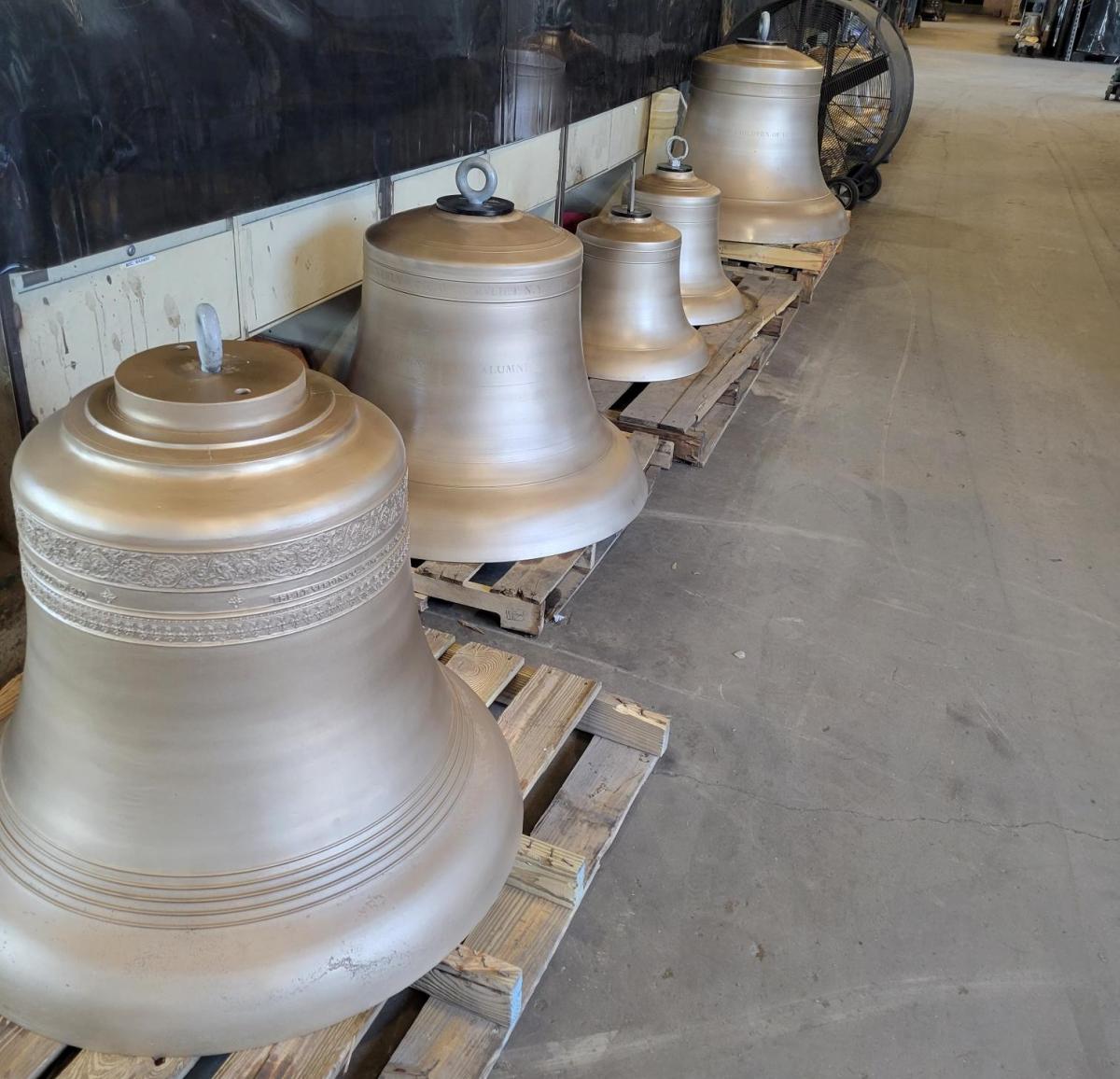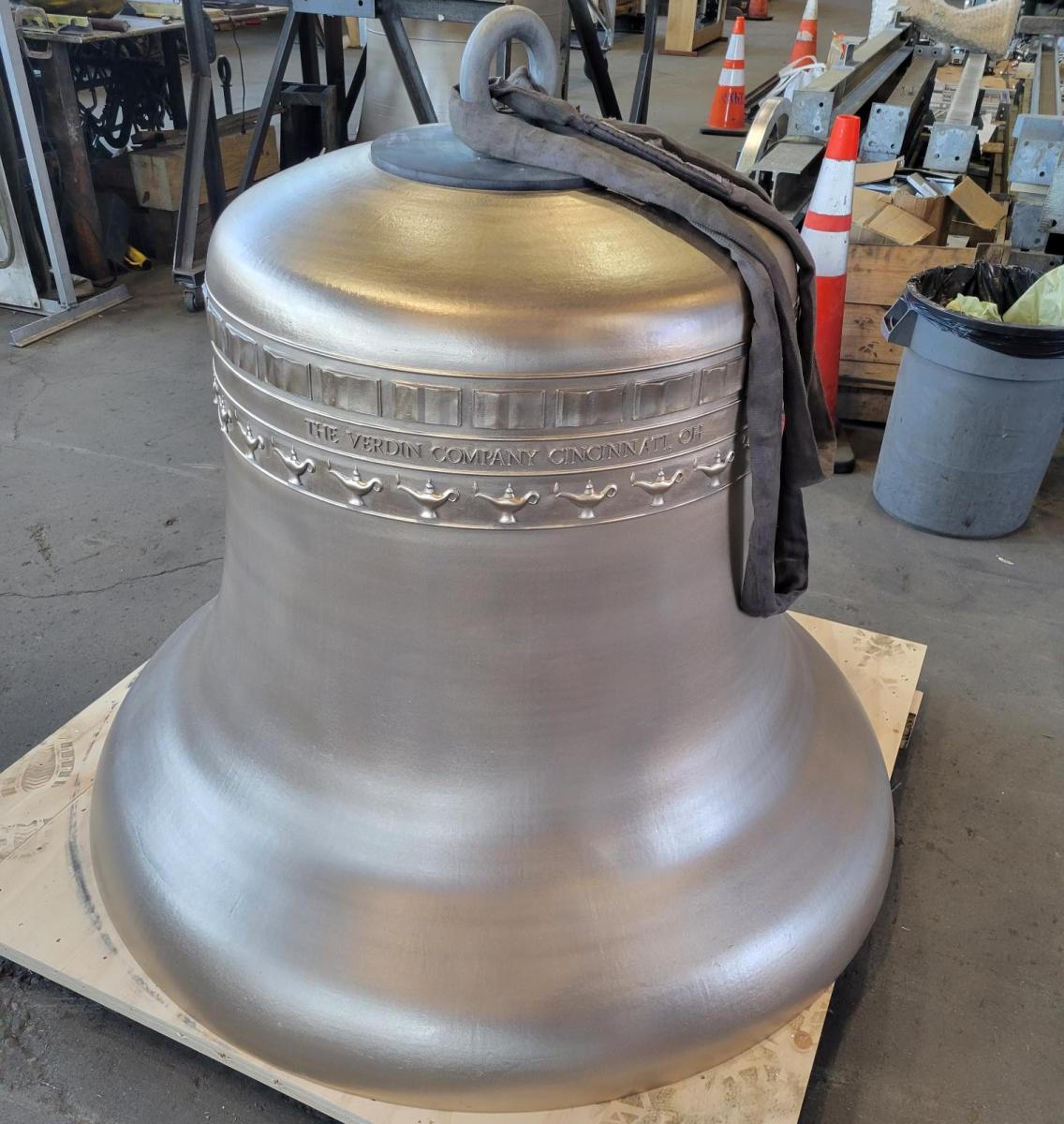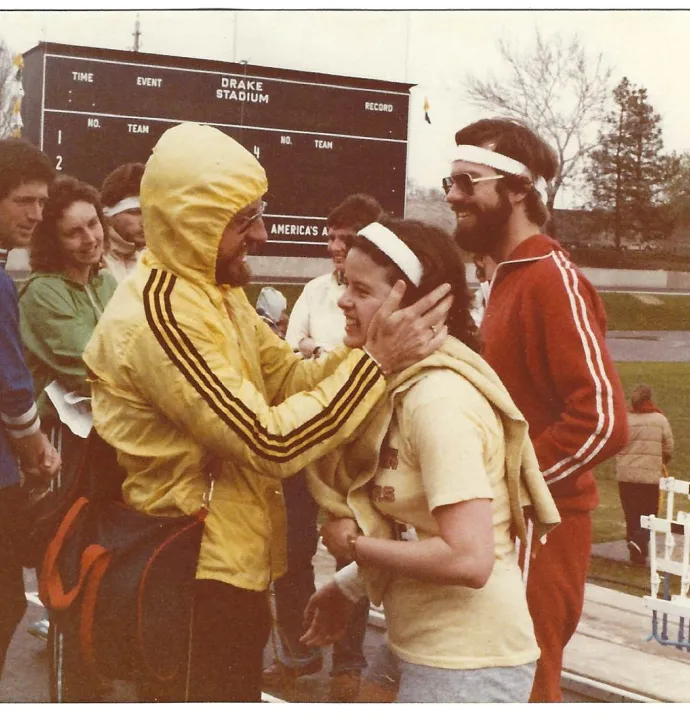How to move more than 15 tons of brass bells across the Midwest
How to move more than 15 tons of brass bells across the Midwest

It’s been about six months since the University of Northern Iowa community last heard the sound of the carillon bells ringing from the Campanile. At last, the wait for the return of the bells is nearly over. With the restoration work complete, all that now remains is for the carillon to make the 500-mile voyage back to campus and be reinstalled, with the campus and community watching.
A project of this size and scope can rarely be accomplished by a single company. Yet, The Verdin Company met the challenge.
“On a project like this, there's probably only a few companies in the whole world that could accomplish it,” said Tim Verdin, sixth-generation president of The Verdin Company. “There are so many parts of this, whether it be design work or fabrication, casting a bell or tuning bells. So that's pretty cool to think that we're one of those companies.”
In these weeks leading up to the journey back to Cedar Falls, Verdin and his team are getting a final count on the hundreds of parts to the carillon and labeling each item - beams, clappers, lugs, plates, pedals, keys and all! With inventory complete, parts are wrapped up and loaded into two semis and two pickup trucks. Large pieces like the bells are secured by heavy chain load binders and ratchet straps on pallets.
Once the Verdin team arrives in Cedar Falls, the first step of the reinstallation will be to carefully unload every item and stage it on the Campanile plaza for all to see.
Before the team can begin adding new bells inside the Campanile, they must assemble the superstructure of the frame, which is strong enough to hold the weight of several tons. The Campanile’s largest bell, at 2.5 tons by itself, remained within the tower during the renovation. Once the structure is ready, a crane will begin hoisting items into the belfry, one piece at a time.
“You have to do it one piece at a time because there’s not enough room in there to lay anything down,” said Verdin. “So as stuff comes into the tower, it’s gotta go in its place or we run out of room.”
Verdin identifies the lack of space as the biggest challenge of the project.
“That is a fairly small area to put a four-octave instrument in that tower, and now we're going to be putting four and a half octaves in there,” he said. “So it was a really tight bell tower before, but it's going to be even tighter when we get all the bells in there this time.”
 The largest bells will be hoisted into the Campanile Wednesday and Thursday. Verdin thinks this is the most awe-inspiring part of the reinstallation and encourages the campus and Cedar Falls community to visit on these days in particular.
The largest bells will be hoisted into the Campanile Wednesday and Thursday. Verdin thinks this is the most awe-inspiring part of the reinstallation and encourages the campus and Cedar Falls community to visit on these days in particular.
If the installation team of five or six people sticks to its aggressive timeline, Verdin believes they can finish the project in 14-16 days.
While an installation of this scope certainly carries some challenges, Verdin said the team has already finished the most challenging part, which was the renovation itself.
“Doing a carillon expansion and renovation like this oftentimes is more complicated than creating a new instrument,” said Verdin. “The reason for that is because with a new instrument, I'm not constrained by anything. So I design the frame the way I want. I design and tune the bells the way I want. I design the mechanical action system exactly the way I want. But in an expansion and renovation like this, we already have 47 bells. So I'm constrained by the tuning that was done both in 1926 and 1968.”
Tuning the bells involves shaving metal from the inside of the bell at different locations. Verdin notes the tuning standard in 1926 was much different than today and had to tune the new bells to ensure they are in tune with the original chimes.
When all is said and done, Verdin hopes that the UNI community will be proud.
“You guys will have one of the larger carillons in the country,” said Verdin. “UNI is not a gigantic college, but the fact that you guys have a world-class instrument means you have a nicer carillon than some of the mega schools.”




